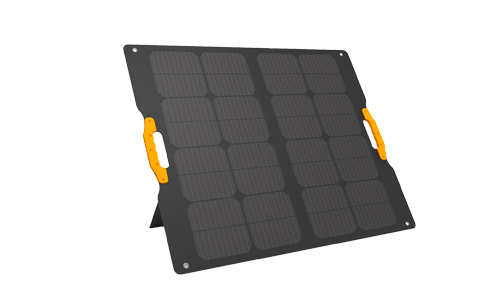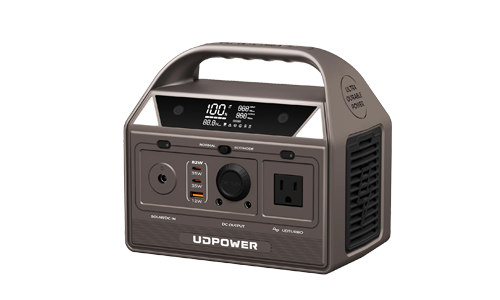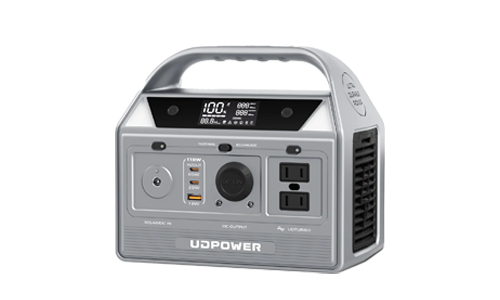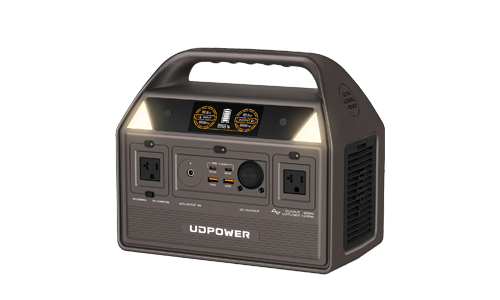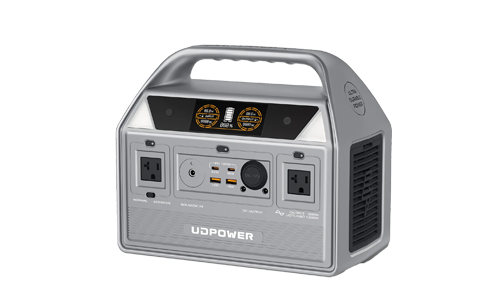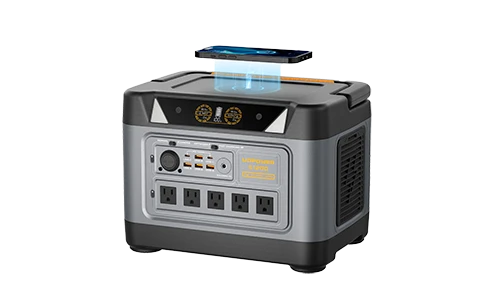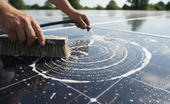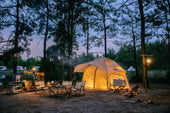Are Solar Panels Worth It for Camping?
ZacharyWilliamA field-tested, data-backed look at portable solar for campers—how it works, where it shines, where it struggles, and how to size a practical setup. Includes a solar-ready UDPOWER S1200 product recommendation.
Camping used to mean going fully off-grid—but many of us now rely on phones for maps, cameras for memories, a cooler or mini-fridge for food safety, and sometimes medical gear like a CPAP. After several seasons comparing power banks, gas generators, and portable solar kits, my verdict is simple: solar is worth it for a lot of campers, provided you size it realistically and understand the trade-offs.

Why Campers Consider Solar
- Reliability away from hookups: Keep phones, lights, fans, and fridges running miles from the nearest outlet.
- Silence & clean air: No engine noise or fumes versus gas generators.
- True independence: Harvest energy as you camp—perfect for boondocking.
- Lower long-term cost: One purchase can serve seasons of trips with minimal upkeep.
Personal note: on a week in the Utah desert, our group ran a 12V fridge, lights, phones, and a laptop—all on solar. We never touched campground power.
How Camping Solar Works
Portable panels convert sunlight into electricity, which a charge controller feeds into a battery—usually inside an all-in-one portable power station (AC/DC output, inverter, BMS, display). You then plug your gear into the power station.
Panel Types
- Foldable — Light, compact, easy to aim at the sun. Ideal for car campers.
- Rigid — Heavier but durable and efficient; good for fixed roof racks.
Connections
- Panel → Power Station via MC4/XT60/DC5521 (check compatibility).
- Power Station → Devices via AC outlets, USB-A/C, 12V car port, etc.
Benefits of Solar for Camping
Quiet & Eco-Friendly
No roaring engine—just crickets. Great for leave-no-trace trips.
Scalable
Start with 100W and a mid-size power station; add panels as needs grow.
Cost-Effective Over Time
After the upfront cost, sunlight is free. Minimal maintenance needed.
Limitations & What to Watch
- Weather dependence: Cloud/shade cuts output to 10–30% of panel rating.
- Slower than wall charging: Solar is steady trickle, not a blast fill.
- Bulk vs. power: Larger arrays = more to pack and position.
- Input limits: Your power station caps solar intake—check its max input spec.
When Solar Panels Are Worth It
Absolutely Worth It If…
- Trips run 3–4+ days off-grid.
- You camp in sunny regions or open sites.
- You need to run a fridge/CPAP or multiple devices daily.
- You value silence and low maintenance.
Maybe Not Worth It If…
- It’s a short, 1–2 night weekend with minimal loads.
- You’re under dense canopy or frequent rain.
- A small power bank already covers your needs.
How to Choose & Size a Camping Solar Setup
-
List your devices & hours. Example daily loads:
- 12V compressor cooler: 60 W × 8 h = 480 Wh
- LED lights: 10 W × 4 h = 40 Wh
- CPAP (no humidifier): 40 W × 8 h = 320 Wh
- Phones (2×): ~20 Wh total
- Right-size the battery (Wh). As a rule of thumb, usable energy ≈ capacity × 0.85 (to account for inverter/other losses).
- Pick panel wattage. Daily harvest ≈ panel W × peak-sun-hours × 0.75 (system efficiency).
- Check your station’s max solar input (don’t over-panel beyond what it accepts).
Example: What solar wattage supports a ~860 Wh/day camp?
Assume 5 peak sun hours (typical summer in many U.S. locations) and ~75% system efficiency.
| Panel Array | Daily Solar (Wh) | Net vs. 860 Wh/day |
|---|---|---|
| 100 W | 100×5×0.75 = 375 Wh | −485 Wh (deficit) |
| 200 W | 200×5×0.75 = 750 Wh | −110 Wh (slight deficit) |
| 300 W | 300×5×0.75 = 1125 Wh | +265 Wh (surplus) |
Takeaway: Around 300 W of solar keeps this itinerary comfortably net-zero in good sun.
Real-Life Use Cases
- Weekend, light loads: A 100 W panel + ~500–600 Wh station kept phones, lights, and a fan covered. No generator needed.
- Week-long boondock: 200–300 W solar + ~1200 Wh station ran a 12V fridge, lights, and daily device charging.
- CPAP overnight: With a ~1200 Wh station, a 40 W CPAP ran ~25.3 hours total usable (1190 Wh × 0.85 ≈ 1011.5 Wh; 1011.5÷40 ≈ 25.3 h).
UDPOWER S1200: Solar-Ready Camping Powerhouse
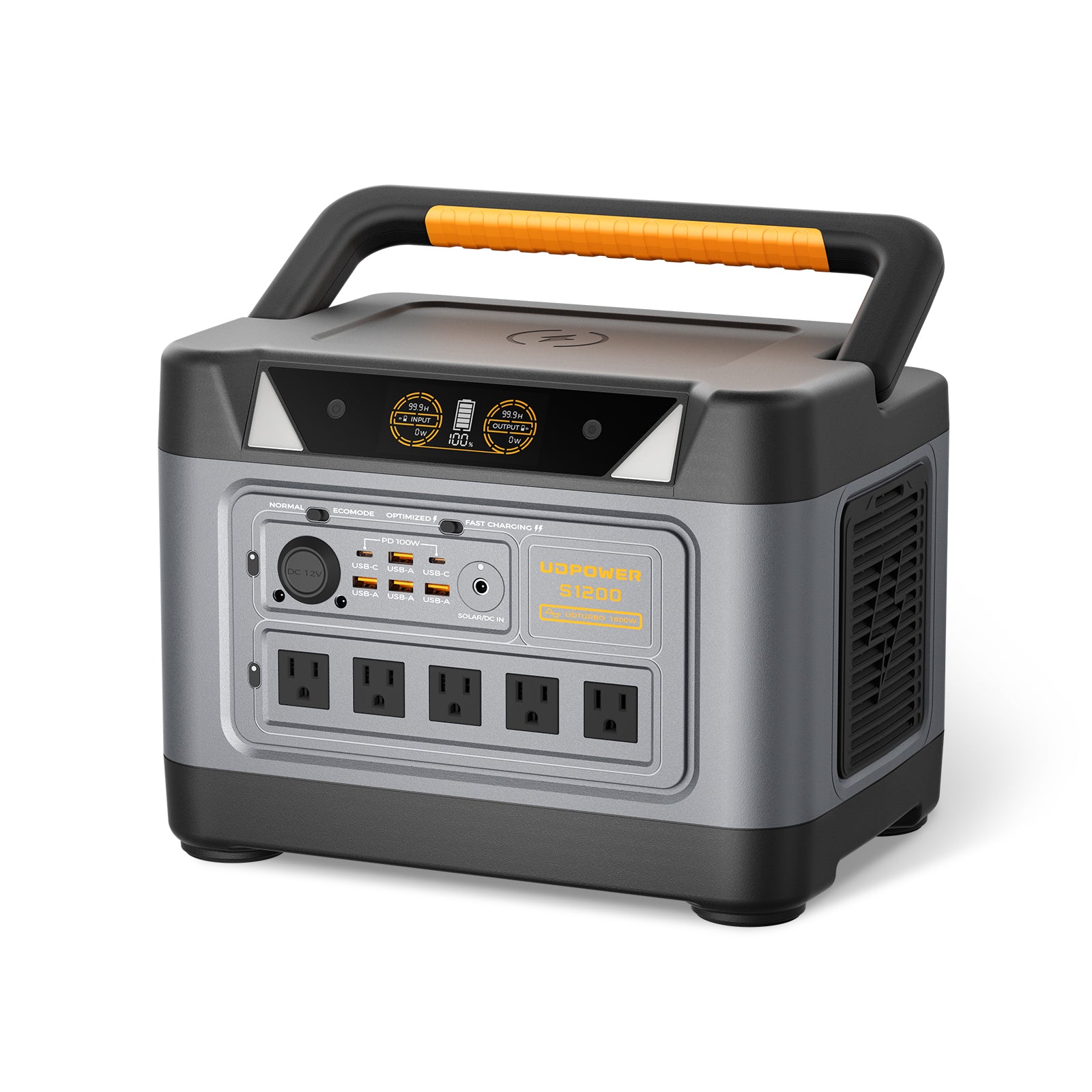
UDPOWER S1200 Portable Power Station (≈1190 Wh)
Balanced capacity for multi-day trips, whisper-quiet operation, and solar-ready inputs—built for serious camping and off-grid needs.
Main Features
- 1200 W rated, 1800 W surge for appliances.
- 1190 Wh LiFePO4 capacity (≈1010 Wh usable).
- 5× AC outlets, 4× USB-A, 2× USB-C, 2× DC5521, car port, wireless charger.
- <10 ms UPS switchover, <25 dB ultra-quiet.
- ~26 lbs, compact and lighter than many in its class.
Estimated Runtime (One Full Charge)
| Device | Power Draw | Runtime |
|---|---|---|
| 12V cooler | 60 W | ~16.9 h |
| CPAP (no humidifier) | 40 W | ~25.3 h |
| Camp fan | 20 W | ~50.6 h |
| LED lights | 10 W | ~101 h |
Solar Recharging Estimates
Assumes 5 peak-sun-hours/day, 75% efficiency.
| Panel Array | Daily Harvest | Full Charge (≈1190 Wh) |
|---|---|---|
| 100 W | ~375 Wh | ~3.2 days |
| 200 W | ~750 Wh | ~1.6 days |
| 300 W | ~1125 Wh | ~1.1 days |
FAQs
How many panels do I really need?
Match panel watts to your daily energy use and local sun. Many campers start at 100–200 W; heavy users (fridge/CPAP) often benefit from ~300 W.
Can solar keep a fridge running?
Yes—pair a mid/large station (e.g., ~1200 Wh) with enough panel wattage to replace daily use. A 60 W average fridge uses ~480 Wh/day; 300 W of solar in good sun typically covers that.
Do panels work in clouds?
They do, but expect ~10–30% of rated output in heavy overcast. Plan a margin or bring a backup charge source.
Solar generator vs. gas generator?
Solar is silent, clean, and maintenance-light. Gas is weather-agnostic and fast to refill. Some campers carry both.
How long do camping panels last?
Quality panels can last a decade or more if handled and stored properly.
Methodology & Assumptions
- Energy math: Runtime (h) ≈ usable Wh ÷ device W, where usable Wh ≈ capacity × 0.85 to reflect real-world conversion losses.
- Solar math: Daily harvest (Wh) ≈ panel W × peak-sun-hours × 0.75 (array, controller, and angle losses).
- Examples are based on practical field use over multiple seasons; your results vary with weather, shading, and device duty cycles.
Tip: Keep a simple log of your daily watt-hours used and harvested—two trips of data will dial your setup in perfectly.
